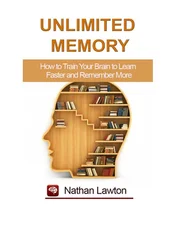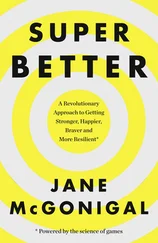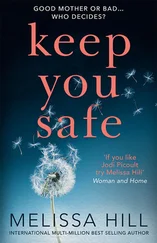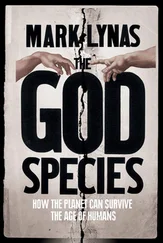HOW TO BUILD A DEATH-PROOF CITY
14. THE MUTATING METROPOLIS
WE’VE SEEN HOW life-forms like cyano, birds, and mammals made it through mass extinctions, and we’ve explored the strategies humans used to deal with threats to our species. But we’ve also seen a lot of failure modes that consigned whole ecosystems and classes of people to death. How will we convert our guardedly hopeful stories of a human future into a real-life plan for survival that avoids some of the worst failure modes?
We’ll start by changing our cities, which are a powerful expression of human symbolic culture and a perfect example of why we have a lot to learn about adapting mass societies to our environments. Cities have always been central to human civilization, but now they’ve become almost indistinguishable from it. Certainly they’re the sources of our greatest economic, scientific, and artistic productivity. They’re also a good way to organize communities when you’re an invasive species with a population that just passed the 7 billion mark. It’s easier to provide standard levels of good hospital care, sanitation, housing, and education to 1.6 million people packed into the island of Manhattan, for example, than to the less than 1 million spread out over the state of Montana. But cities are also a problem. They’re death traps during pandemics and natural disasters like the 2004 Indian Ocean tsunami. Though cities are efficient in their use of energy, they still use far too much of it—especially given that most of them run exclusively on fossil fuels that are not sustainable and harm the environment.
Still, cities have become the dominant form of human community today. In the past decade, the number of people on Earth living in cities surpassed those living outside of them. And those numbers are expected to rise—the United Nations’ Population Division estimates that 67 percent of humanity will live in urban areas by 2050. Certainly it would be better for people and the planet if we could dramatically decrease our population, as Alan Weisman argues in his book The World Without Us, but that idea simply isn’t pragmatic in the next few decades. It would require us to regulate the bodies of billions of women, leading into a morally gray area from which we might never return. For now, we must accept that our population is growing. And that means human survival in the near term depends on whether we can build cities that protect their masses of inhabitants while also preserving and sustaining the environment. In short, we need cities that don’t collapse at the first twitch of an earthquake, that aren’t hives of disease, and that offer sustainable energy and food sources to their citizens.
To get there, we must first understand how cities work and what makes them survive over the long term.
A city is more than its brick and mortar. It is the sum of its cultural history. That’s why the urban planning philosopher Jane Jacobs, in her groundbreaking 1961 book The Death and Life of Great American Cities , makes the case that what attracts people to cities is “sidewalk life.” By that, she means the everyday social world of the city, the comings and goings of neighbors, strangers, and events. The city, Jacobs believed, was profoundly social. People flocked to them for the excitement of new kinds of human interaction, not to admire great works of monumental architecture or simply to make money.
Jacobs’s interpretation is just one of many ways to express a certain ineffable aspect of city life. Some call it an emergent property, a system of organization that arises spontaneously out of chaotically interacting parts. Others call it a cultural legacy. And the fantasy author Fritz Leiber dubbed it “megapolisomancy.” The point is that cities draw their vitality from a mix of social, political, and cultural practices that are hard to quantify scientifically. But they are also undeniably products of technology and engineering. They are financial powerhouses too, fueling their inhabitants’ cultural and scientific undertakings in massive, elaborate marketplaces that link cities to each other across the world.
Successful cities are what physicists might call stochastic, meaning a structured, repetitive process that contains an element of randomness. Certain structures appear in cities again and again. Even the very earliest cities, located in what are today Turkey and Peru, contain monumental architecture in honor of religious and political leaders. They also contain private homes where people lived in family units, cooking, sleeping, and raising children together. And yet every city has its own character, its own random, emergent sensibility that’s a product of a particular group of people at a particular time in history. Some cities, like Istanbul and Paris, manage to nourish this stochastic process over centuries and even millennia. Others, like Detroit, flash brightly for a few decades and then crumble into ghost towns. To make our cities long-lived, shaping them into “battle suits for surviving the future” as the industrial designer Matt Jones calls them, we have to respect their stochastic natures. We must build cities with safe, sustainable structures, but always leave room for randomness and social change.
Anthropologist Monica L. Smith, who researches the development of cities in the ancient world, has noted with some frustration that there is really no good way to define what makes an area “urban.” Key components of urban life include a high population density, specialized forms of work, social stratification, and monument building. But listing the ingredients of a city doesn’t adequately address the problem of definition, because cities are what Smith calls “a process.” The brilliant urban planner Spiro Kostof suggested the same thing, writing that “a city, however perfect its initial shape, is never complete, never at rest.” In other words, a city is always shifting, perhaps possessing some aspects of urban life at one time and other aspects later on. Moreover, what felt urban 5,000 years ago probably wouldn’t feel urban today—and indeed, what feels urban in Canada might not feel urban in China. We may know a city when we see it, but the idea of a city is itself a moving target.
Cities were born in two very different regions of the world: along the coast of Peru in South America, and in the area once known as Mesopotamia, where southern Turkey, Syria, and Iraq stand today. The Peruvian cities, clustered along mountain rivers speeding toward the sea, date back to 3200 BCE. They boasted large sunken plazas surrounded by platforms, winding stairs, and rooms that were probably living quarters. The largest of these cities is believed to be Caral, which dates back to 2800 BCE and may have housed up to 3,000 people who left behind art, carvings, and woven textiles. Most likely, Caral and its outlying cities lived on fishing and agriculture, trading goods and ideas back and forth.
Unlike the cities around Caral, which were elaborately planned around large, central public spaces, the even more ancient city Çatalhöyük, in southern Turkey, looks more like a honeycomb made out of mud. Anthropologists believe it was probably constructed in roughly 7500 BCE, and inhabited for hundreds of years after that. The people of Çatalhöyük built their simple one-room houses right next to each other, with no streets in between. Doors were built into the rooftops, and residents clambered across each other’s roofs and down ladders to reach their pantries and beds. When the mud walls of a Çatalhöyük house began to crumble, residents would just build a new structure on top of the old one. Many ancient cities are called “mounds” because over time, ancient city people literally created hills by building new homes upon the ruins of the old. Anthropologists today often find the remains of these cities by using satellite photos to look for suspiciously symmetrical mounds in regions of the world known for early urban development.
Читать дальше
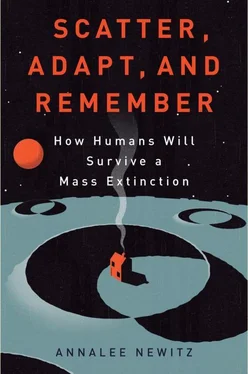

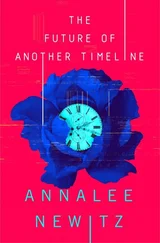



![Аннали Ньюиц - Автономность [litres]](/books/424681/annali-nyuic-avtonomnost-litres-thumb.webp)

